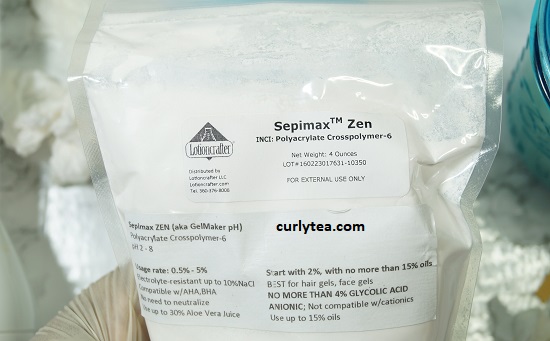
Sepimax Zen / Gelmaker PH
INCI: Polyacrylate Crosspolymer-6
| Incompatibilities: | CATIONIC ingredients (exmpl: BTMS and conditioning guar) |
| Solubility: | Oil Or Water (depends on what you’re making) |
| Charge: | Anionic |
| Made for: | clear gels, hair gels, cream gels, lotions, sun care, shampoo/body wash thickener, foam enhancer |
| Usage rate: | 0.5 – 5% |
Sepimax Zen is pretty darn fantastic and I don’t say that often about ingredients. The only other ingredient I’d put into that category is BTMS-50 (but that’s an emulsifier). Anyway, Sepimax Zen (aka Gelmaker PH) has been the key to completing my mission of finding an ingredient to make a store quality, wiggly-jiggly hair gel.
It’s a pre-neutralized polymer meant to easily create gels and add stability to nonionic based products and anionic cleansers.
There is no stringy snot-like consistency as with Xanthan gum. There’s no super-slippery feeling as with guar gum, but you don’t get a dry, blizzard of flakes like with guar gum either. You don’t have to use a slurry method to add it to your final batch if you don’t want to. It will dissolve naturally and turn the entire mix into a gel overnight (or at least 8 hours). You don’t have to wait 8 hours or overnight to hydrate this ingredient. Learn how to hydrate this gel within 10-15 minutes.
Sepimax is an anionic polymer with extreme resistance to electrolytes and can handle a recipe using up to 10% salt without turning back into a liquid, according to lotioncrafter.com. It can be used in a cold- or hot-process formulations which is to say it doesn’t matter if you have to heat your ingredients first or if they simply need to be mixed right at your work space to be completed.
Unlike with a few other thickeners, Sepimax doesn’t have to be neutralized before it will start to thicken. It works over a wider pH range than some of the traditional polymers. For example, Sodium Carbomer won’t form a gel AT ALL until the pH above a certain number. I learned that the hard way.
Clear/Transparent Gels
Gelmaker PH (are you paying attention? lol) is a main ingredient in the Marshmallow Root Curling Gel. With the exception of Vitamin E, all of the ingredients were water soluble and only required me to mix them and sprinkle Sepimax Zen on top.
You can, of course, mix the Sepimax into your batch right away using a stick blender, but the end result may not be as thick as it can be. Trust me. Just sprinkle and leave it alone. Let me say it a few more times: Sprinkle. Leave it alone. Sprinkle. Leave it alone.
Because of the ‘sprinkle-leave-it-alone’ process, add it as your final step if you’re making a gel. It can product clear/transparent hair gels depending on the qualities of your other ingredients.
For example, Fenugreek seed and Marshmallow root produces a yellow hue in water. The resulting mix will be yellow, absent any other dyes or ingredients (for example hibiscus flower or matcha powder). The gel wasn’t ‘clear’ but pretty translucent. It wasn’t completely opaque like lotion or cream.
Cream Gels
Though I haven’t tried it as if this writing, Sepimax also produces cream gels. Sprinkle Sepimax into Oil phase, then mix your oil and water phases together. I don’t think I’d use more than 10% oils when making a cream gel.
According to lotioncrafter.com the manufacturer optimistically says Sepimax can incorporate 25% oils into a mix ONLY WHEN COMBINED with other polymers (xanthan, guar, agar agar, pectin, etc). That means if the product you’re making is 25% lipids (lipids=oils/fats/waxes/etc), you must use an additional polymer to maintain its stability if you’re not using a traditional non-ionic emulsifier along with it. (Remember, this ingredient is INcompatible with cationic ingredients).
It also works “synergistically” with the fatty alcohols you probably already have. Fatty alcohols are not like not the drying alcohols we’ve been warned from using in the hair. Fatty alcohols are behenly, cetyl, or cetearyl. They’re what we’ve traditionally used to thicken conditioner recipes.
So the difference in making a cream gel and a regular gel is what you add the Sepimax Zen into.
Surfactants
Use Sepimax Zen to thicken anionic and nonionic surfactant recipes. That should mean if you’re making a shampoo with an anionic ingredient, it should help enhance the foam density and thicken the overall shampoo. Anionic surfactants include BabyFoam SCI, GentleFoam SCG, CocoFoam, and Sulfoacetate/Sulfosuccinate Blend.
It also works to thicken nonionic surfactants too, which are the one’s I use all the time. Nonionic surfactants include Coco Glucoside, Decyl Glucoside and Sodium Lauroyl Lactylate (SLL).
Sepimax Zen is not a cheap product, but don’t let that scare you away. You can buy it in small enough quantities to test. If you find yourself making a lot of gels, facial gels, cream gels, etc., it could pay for itself with savings in formulation time, and the absence of needing other ingredients (like pH adjusters and salt).
It also doesn’t really clump up to form non-dissolving fisheyes like guar and xanthan does. If you see any clumps right after adding to the mix, they will dissolve simply by letting the mix sit.
Check it out if you get the chance.
Related
Baby Foam SCI
GentleFoam SCG
CocoFoam
Decyl Glucoside
Coco Glucoside
Sodium Lauroyl Lactylate SLL
 CURLYTEA
CURLYTEA


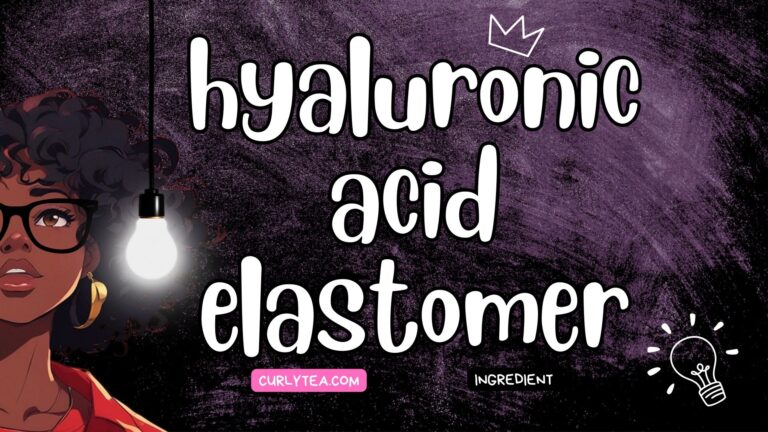
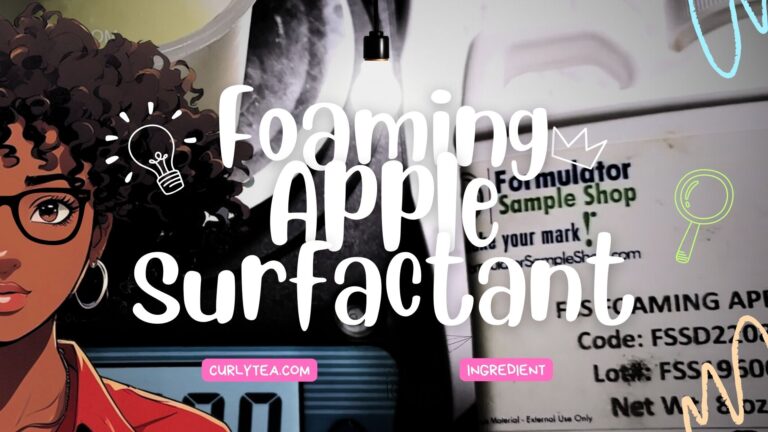
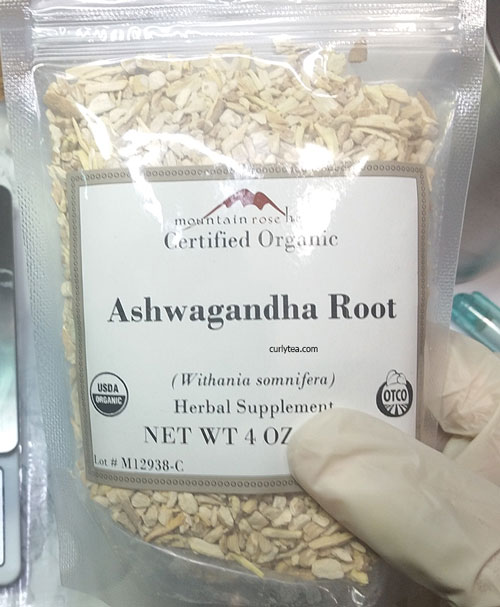
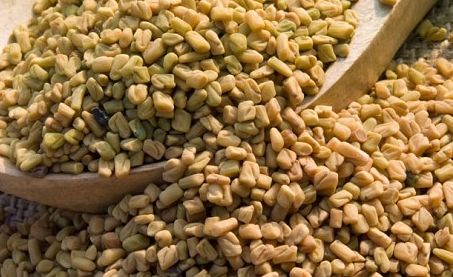
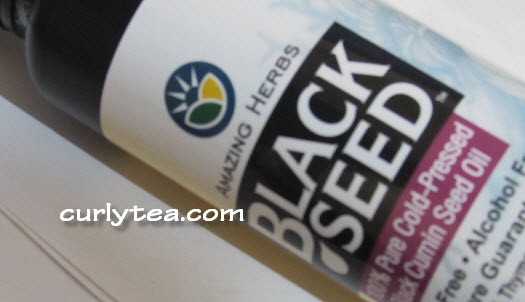
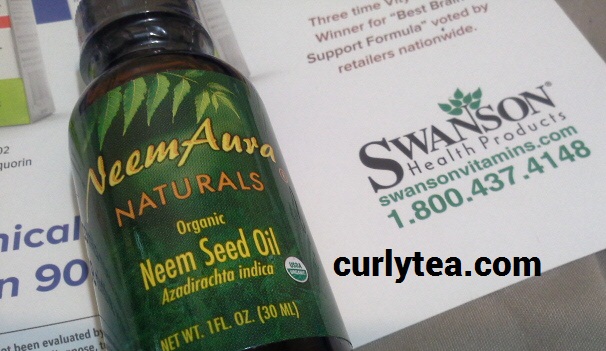
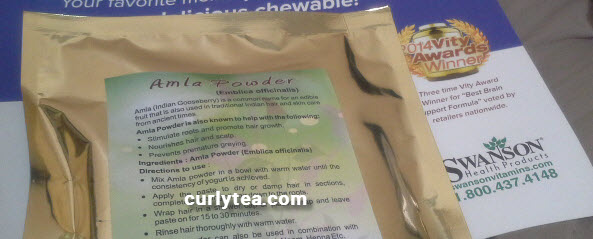

Good day,
Looking for a supplier in South Africa that has Sepimax Zen in stock
Thank you
I’m sorry. I can’t help with that. 🙁
hi Chris did u manage to source this product in South Africa